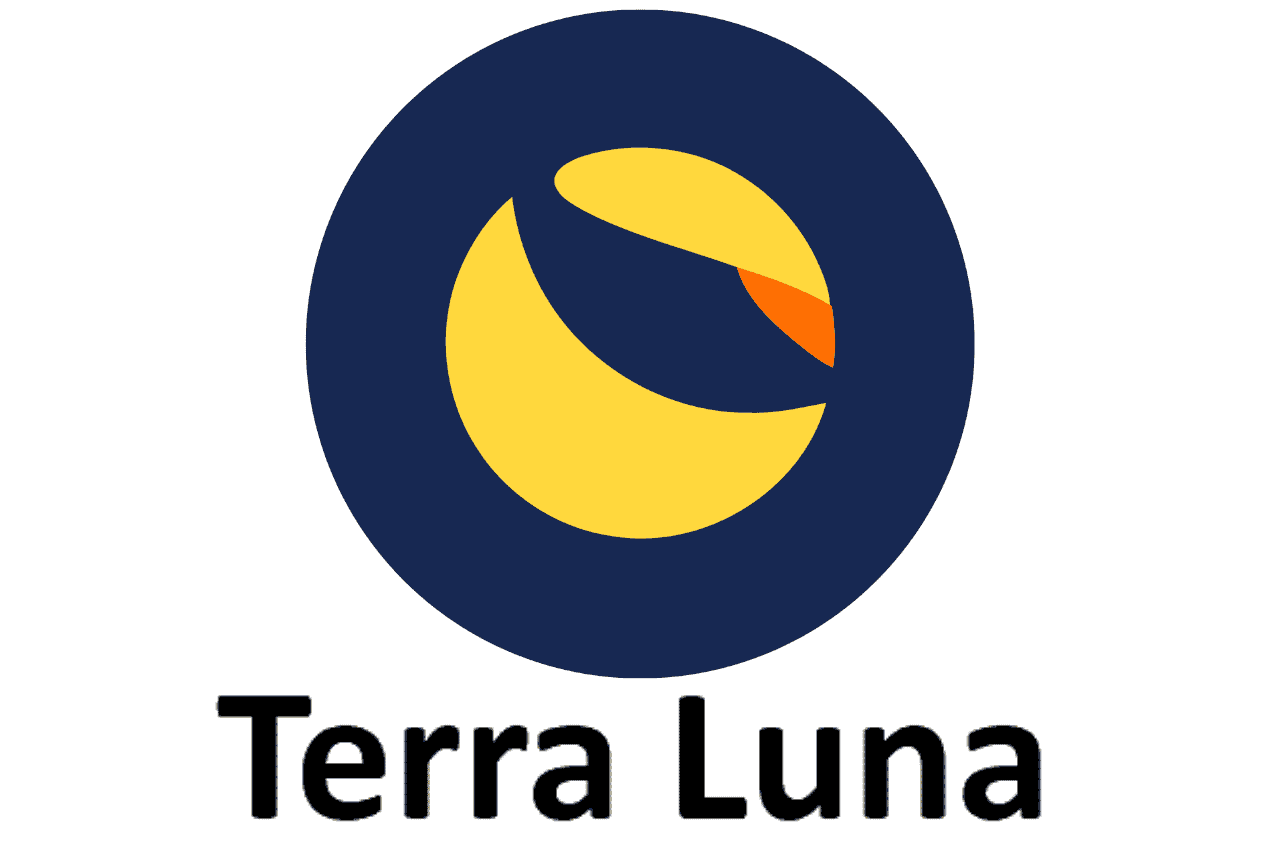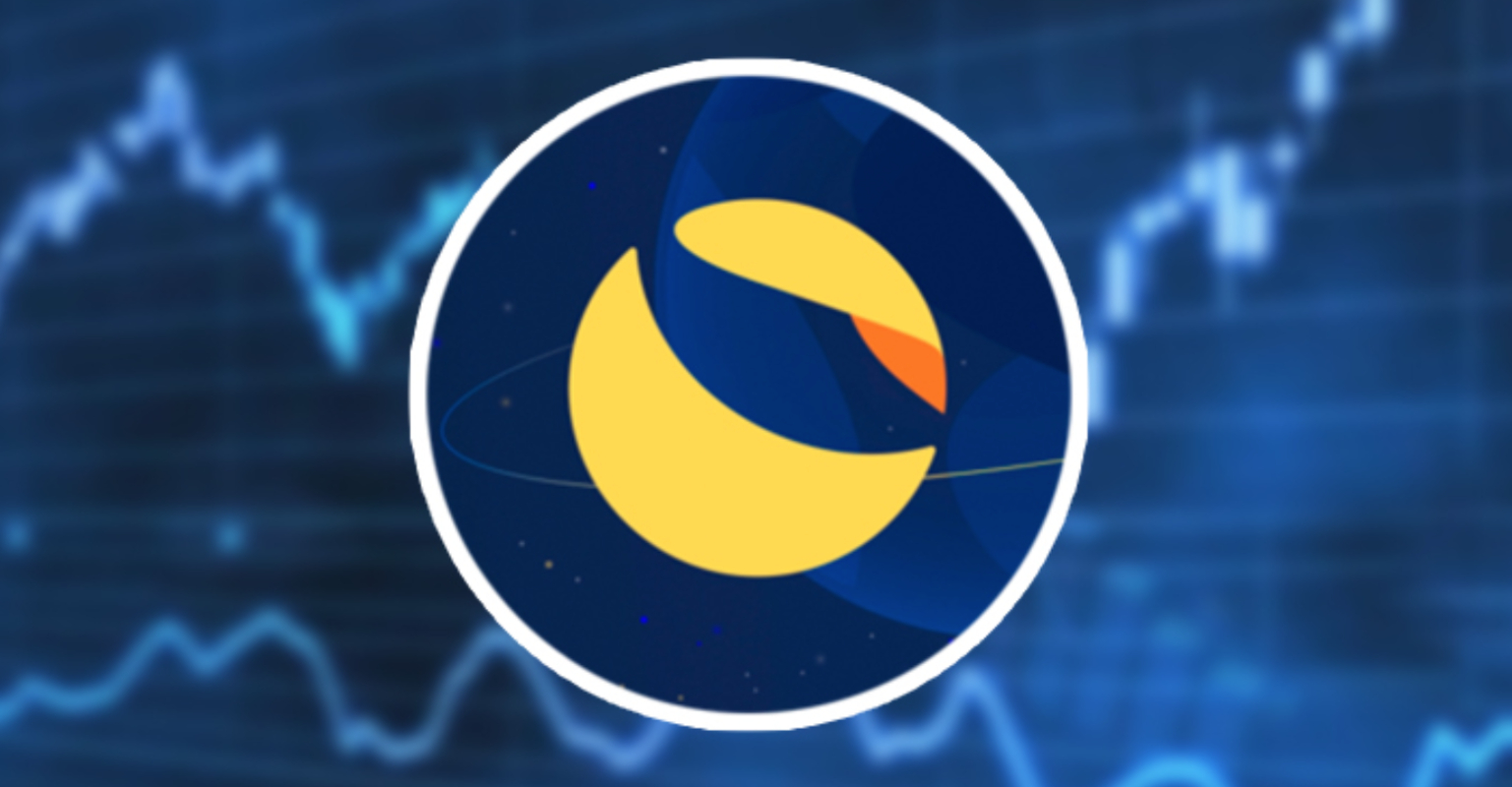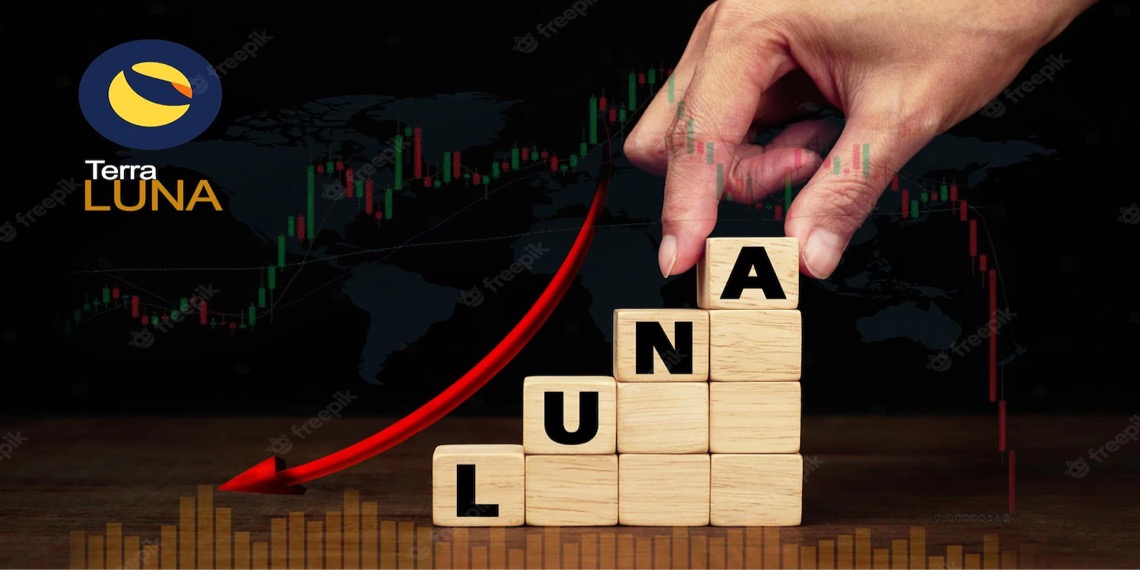Project Overview

Luna 2 crypto - Luna 2.0, a revival of the Terra ecosystem, is a blockchain protocol that supports the creation of decentralized applications (dApps) and decentralized finance (DeFi) services. The primary objective of the project is to restore the value lost by the Terra community and rebuild the ecosystem's infrastructure.
The team behind Luna 2.0 is led by Do Kwon, the co-founder of Terraform Labs, the company behind the original Terra blockchain. Kwon has a proven track record in the blockchain industry and is committed to rebuilding the Terra ecosystem.
Roadmap
The Luna 2.0 roadmap Artikels a comprehensive plan for the development of the project. The roadmap includes the following key milestones:
- Launch of the Luna 2.0 mainnet
- Development of a suite of dApps and DeFi services
- Integration with other blockchains
- Expansion of the Terra ecosystem
Tokenomics: Luna 2 Crypto

The LUNA 2 token is the native token of the Terra 2.0 blockchain. It is used for a variety of purposes, including staking, governance, and payment of transaction fees. The token has a total supply of 1 billion, of which 50% was distributed to holders of the original LUNA token and 40% was distributed to holders of the UST stablecoin. The remaining 10% is reserved for the Terraform Labs team and other ecosystem participants.
Token Allocation
- 50% - Airdrop to LUNA holders
- 40% - Airdrop to UST holders
- 10% - Terraform Labs and ecosystem participants
Vesting Schedule
The LUNA 2 token is subject to a vesting schedule, which means that a certain percentage of the tokens are released over time. The vesting schedule is designed to prevent the token from being dumped on the market all at once, which could lead to a decrease in its price.
- 20% of the tokens are released immediately
- 80% of the tokens are released over the next four years
Burn Mechanism
The Terra 2.0 blockchain includes a burn mechanism that is designed to reduce the supply of LUNA 2 tokens over time. The burn mechanism is triggered when the blockchain's gas fees exceed a certain threshold. When this happens, a portion of the gas fees is used to purchase and burn LUNA 2 tokens.
Explore the different advantages of crypto investment that can change the way you view this issue.
Potential Impact of Tokenomics
The tokenomics of the LUNA 2 token are designed to create a sustainable and long-term ecosystem. The token allocation and vesting schedule help to ensure that the token is distributed fairly and that it is not subject to manipulation. The burn mechanism helps to reduce the supply of tokens over time, which could lead to an increase in its price.
Technology
LUNA 2 is built upon a robust technological foundation that addresses key challenges faced by other blockchain platforms, including scalability, security, and interoperability.
At the core of LUNA 2 lies a novel consensus mechanism known as Tendermint Core, which ensures fast and secure transaction processing. Tendermint Core utilizes a Proof-of-Stake (PoS) algorithm, where validators are selected based on their stake in the network, to achieve consensus and validate transactions. This mechanism provides LUNA 2 with high throughput and low latency, enabling it to handle a large volume of transactions efficiently.
Blockchain Architecture
LUNA 2 employs a modular blockchain architecture that decouples the consensus layer from the application layer. This design allows for greater flexibility and scalability, as new features and applications can be added without disrupting the core consensus mechanism. The blockchain architecture also incorporates a sharding mechanism, which divides the network into smaller, more manageable segments, further enhancing scalability.
Discover the crucial elements that make blockchain wallet the top choice.
Smart Contract Capabilities, Luna 2 crypto
LUNA 2 supports smart contract functionality through the Cosmos SDK, a modular framework for building blockchain applications. Smart contracts are self-executing programs that run on the blockchain, enabling the creation of decentralized applications (dApps) and complex financial instruments. LUNA 2's smart contract capabilities provide developers with a powerful tool to innovate and create a wide range of blockchain-based solutions.
Interoperability
Interoperability is a crucial aspect of LUNA 2's technology. It utilizes the Inter-Blockchain Communication (IBC) protocol, which allows LUNA 2 to connect and communicate with other blockchains within the Cosmos ecosystem. IBC enables the seamless transfer of assets and data between different blockchains, fostering interoperability and collaboration within the broader blockchain landscape.
Innovative Features
LUNA 2 incorporates several innovative features that set it apart from other blockchain platforms. One notable feature is the "Cosmos Hub," which serves as a central hub for connecting different blockchains within the Cosmos ecosystem. The Cosmos Hub facilitates interoperability, allowing for the exchange of assets and data between various blockchain networks.
Discover how buy crypto with credit card has transformed methods in RELATED FIELD.
Additionally, LUNA 2 introduces the concept of "Zones," which are independent blockchains that can be connected to the Cosmos Hub. Zones provide developers with a sandbox environment to experiment with new ideas and create custom blockchain solutions tailored to specific use cases.
Ecosystem

The LUNA 2 ecosystem comprises various components that contribute to its growth and adoption.
Key components of the ecosystem include wallets, exchanges, and decentralized applications (dApps) that support LUNA 2 transactions, storage, and usage. The ecosystem fosters collaborations and partnerships that drive innovation and expand the utility of LUNA 2.
Wallets
LUNA 2 is supported by a range of wallets, including hardware wallets, software wallets, and mobile wallets. These wallets provide secure storage and management of LUNA 2 tokens, enabling users to interact with the ecosystem seamlessly.
Exchanges
LUNA 2 is listed on several reputable cryptocurrency exchanges, increasing its accessibility and liquidity. These exchanges facilitate trading, enabling users to buy, sell, and exchange LUNA 2 with other cryptocurrencies or fiat currencies.
Decentralized Applications (dApps)
The LUNA 2 ecosystem supports a growing number of dApps, including decentralized finance (DeFi) platforms, non-fungible token (NFT) marketplaces, and gaming applications. These dApps leverage LUNA 2 for transactions, governance, and other functions, driving its adoption and utility.
Partnerships and Collaborations
The LUNA 2 ecosystem has established partnerships with various organizations, including blockchain projects, research institutions, and industry leaders. These collaborations foster innovation, cross-chain interoperability, and the development of new use cases for LUNA 2.
